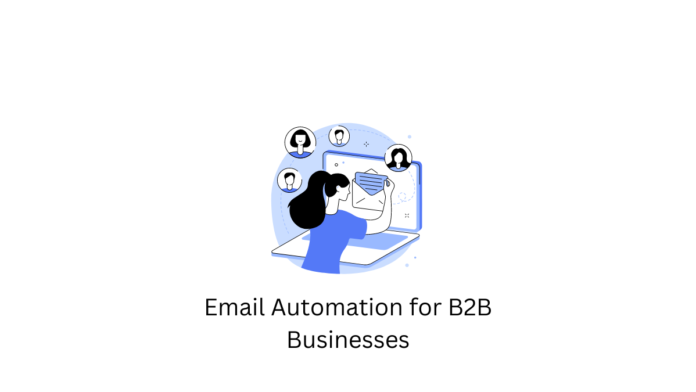Last updated - November 18, 2022
The emergence of marketing automation software has changed the marketing landscape for good. This software can help marketers allocate their time and effort to more fruitful initiatives by automating repetitive marketing tasks such as social media posts, ad campaigns, and email marketing.
The effect of marketing automation on traditional manual emailing is tremendous. Manual B2B emailing that was time-consuming, repetitive, and stressful can now be transformed into an efficient automated process.
Investing in email automation for your B2B business may save you valuable resources and capital in the long run. Let’s look at how this software can effectively improve your organization’s approach to marketing.


What Is Email Marketing Automation?
Email marketing automation is a simple, cost-effective strategy that allows businesses to engage and convert their audience. Through email automation software, marketers can set up personalized time-based or trigger-based emails to be sent to business contacts based on predefined criteria.
Here are some examples wherein a specific action from your prospects will trigger an automated email:
- A lead who signs up for company updates will automatically receive event invites, recaps, and highlights
- A contact who signs up for a company newsletter will receive your weekly blog posts
- A customer who fills out an order form or survey will receive an automated confirmation email or thank you email from your software
In addition, information from your leads’ engagement, activity, interests, and demographics will automatically be entered into your Customer Relationships Manager or consumer database.
Imagine having to send emails to 3,000 recipients every week manually. You would have to reply to messages individually and collect buyer information one by one. Indeed, that’s not an effective use of your marketing time.
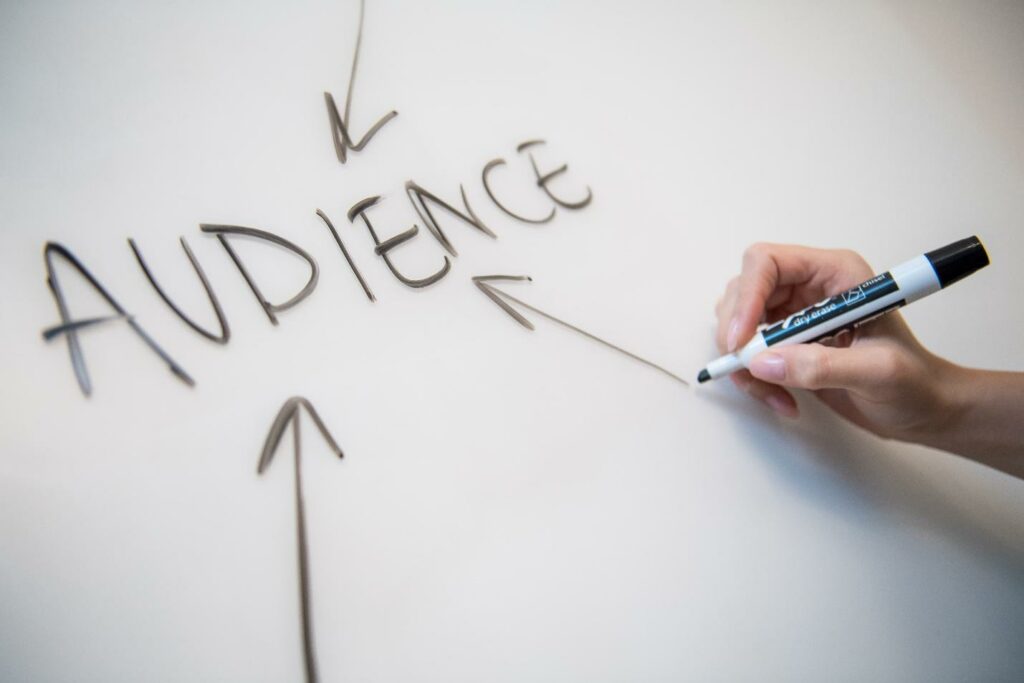

How Email Marketing Can Benefit B2B Companies
Nurturing leads, following-up prospects, and being the top-of-mind of your clientele is essential for B2B organizations. The average sales cycle length for a B2B brand is about 102 days, and being consistently visible to your contacts for the whole duration of the cycle is necessary for conversion.
Email automation will help you warm up to leads and maintain relevance during this lengthy cycle. Furthermore, this software will aid your marketing efforts and transform them into more effective and efficient campaigns that may help boost your sales and conversion rates.
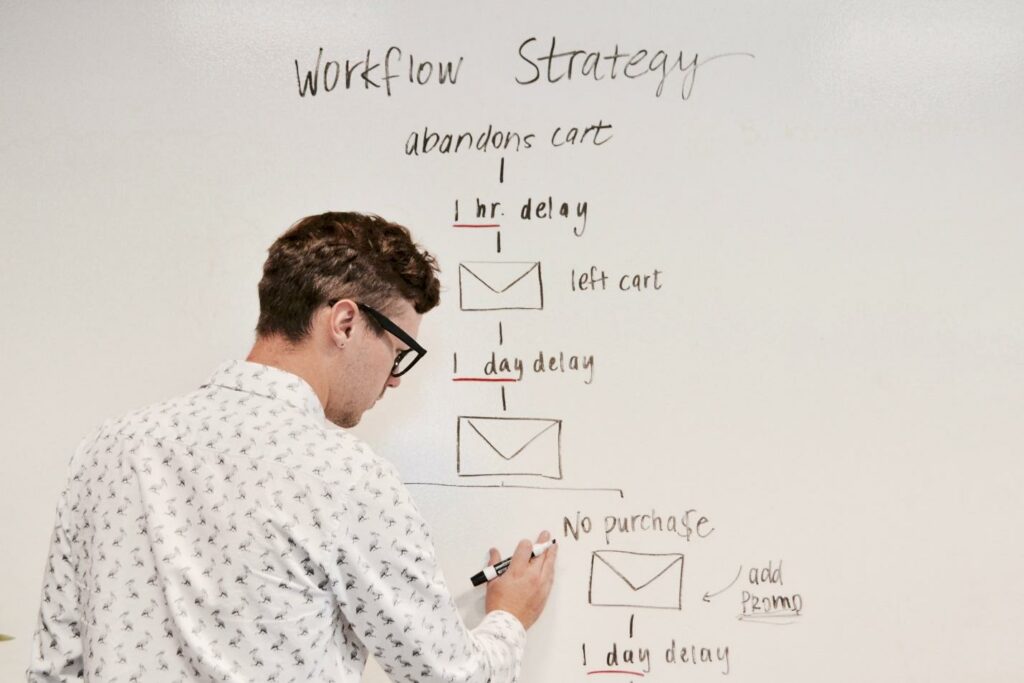

How B2B Brands Can Integrate Email Automation
Now that you know the importance of email marketing automation for B2B organizations, it’s time to examine how to integrate the software into your B2B marketing strategies successfully.
Determine what part of your sales cycle causes friction for your customers, at what stage they lose interest, or how you can keep their attention. Once you identify all the pain points in your sales cycle, you can now formulate an automation strategy.
Below are six email automation campaigns to help your email marketing initiatives. These are the best email marketing hacks to help foster the conversion of your leads and address the shortcomings of your sales cycle.
6 Common Types of Email Automation Campaigns
1. Welcome series
A welcome email is an excellent opportunity to give your prospects a good first impression. You can send these emails to recipients for various reasons, but generally, you can use them to welcome leads to your brand.
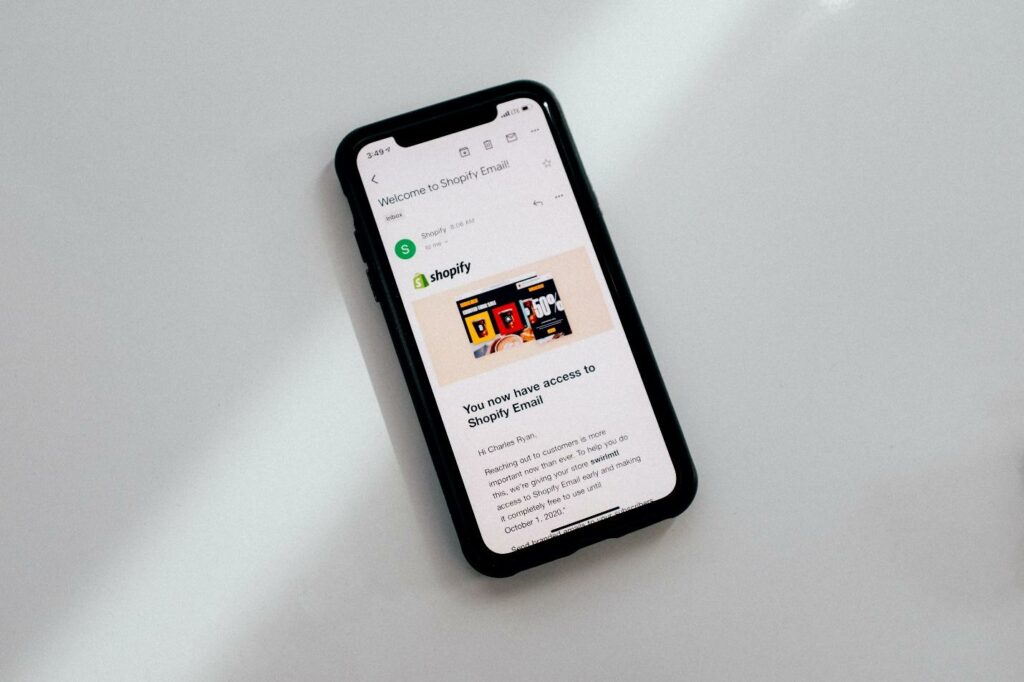

Welcome emails can serve as a great opportunity to:
- Congratulate or thank your customer
- Invite the customer to join your community or support your other business channels
- Introduce your company’s mission and vision
- Show your brand personality
- Demonstrate your credibility in the industry
- Share testimonials and buyer stories
- Provide tokens or gifts
2. Lead nurture campaigns
When executing lead nurturing email campaigns, businesses should focus intensely on understanding the needs of their audience. Lead nurturing is effective if you want to lessen the number of unopened or deleted emails.
A lead nurturing campaign will introduce a connected email series that presents valuable and engaging content. Moreover, this campaign may include marketing materials such as blog posts, webinars, eBooks, and discount offers.
3. Follow-up Email Series
An email follow-up series is an excellent opportunity for your brand to reconnect with your client base. Through a follow-up campaign, you may be able to educate customers, share testimonials, assist with concerns, and address misconceptions. This campaign is a superb opportunity to help your converted clients get the most out of their purchases.
Follow-ups are a powerful tool for the improvement of customer experience. Through follow-ups, you can communicate with customers even after conversion; you’ll still be present to educate your leads and deal with concerns that may arise after the sale.
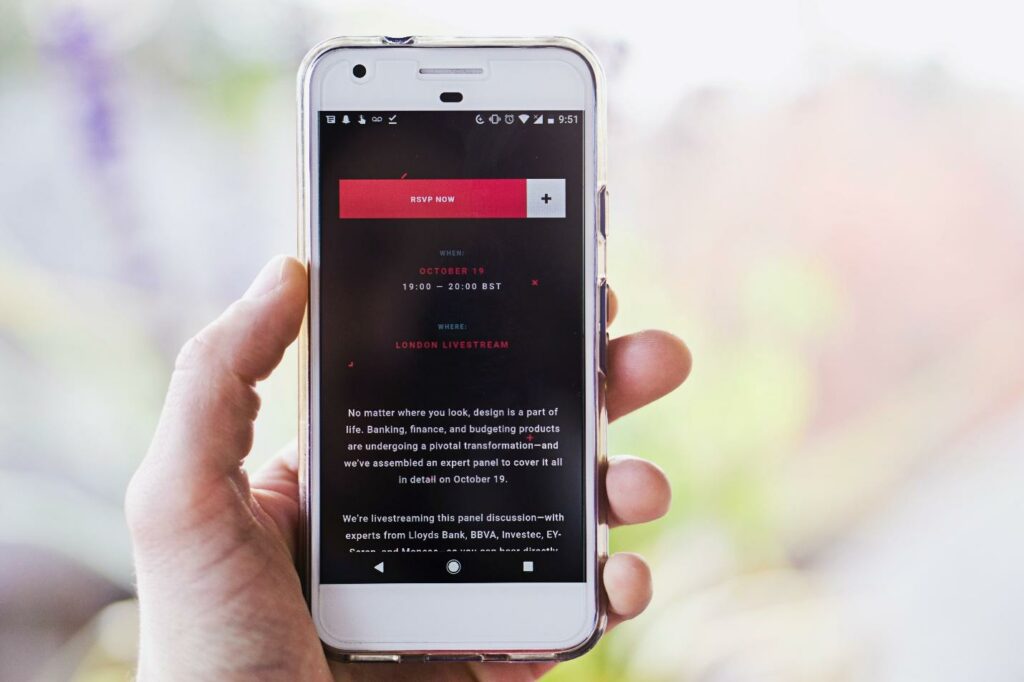

Prime examples of follow-up emails are:
- How to properly care for your product
- Instructions for product use
- Product or service recommendations
- Other ways to use your product
- Opportunities to share feedback, testimonials, or customer story
- Subscription expirations and renewals
- Gathering invitations
4. Product Launch and Upsell Emails
A product launch email is a sales email fair and straight. This strategy is effective if you want to create excitement and buzz over your new product or service. Email automation will help build anticipation for your launch and bolster the number of pre-orders your business will receive.


On the other hand, automated upsell emails are sales emails that will help sway customers towards upgrading their plans or packages. With an upsell email, you may highlight the benefits and features they could miss by postponing an upgrade.
5. Re-engagement campaigns
There will come a time when you encounter some inactive customers. They might have stopped interacting with your emails, ceased using your service, or even forgotten you altogether.
A re-engagement email series can be an opportunity to renew your client relationships by strategically reminding them of the benefits presented by your products or services.
Your re-engagement initiative may include:
- Surveys or data collection to determine their wants and needs
- Special offers and exclusive promotions
- Exclusive consultations
- Reminders on why they signed up or what they could miss
6. Email Sponsorship
Most of the email automation strategies listed here are for when you want to better communicate with the contacts in your database. A sponsored email campaign will be the right strategy if you intend to reach new prospects and generate new leads.
Sponsorship email campaigns are usually part of a larger paid media strategy. For example, by choosing this strategy, you intend to sponsor the automated email campaign of another business by paying for your copy to be included in their email marketing initiative.
Hello Automation!
Now that you understand the benefits of email automation in marketing campaigns, take time to look into your B2B email strategy and see how automation can improve your processes. Reallocate your workforce to more productive activities!
No more sitting for hours going back and forth with clients to maintain their attention. It’s time to increase your lead pipeline and conversion rate by automating repetitive tasks. It’s never too late to adopt new efficient practices. After all, when has efficiency ever reduced a company’s returns?

